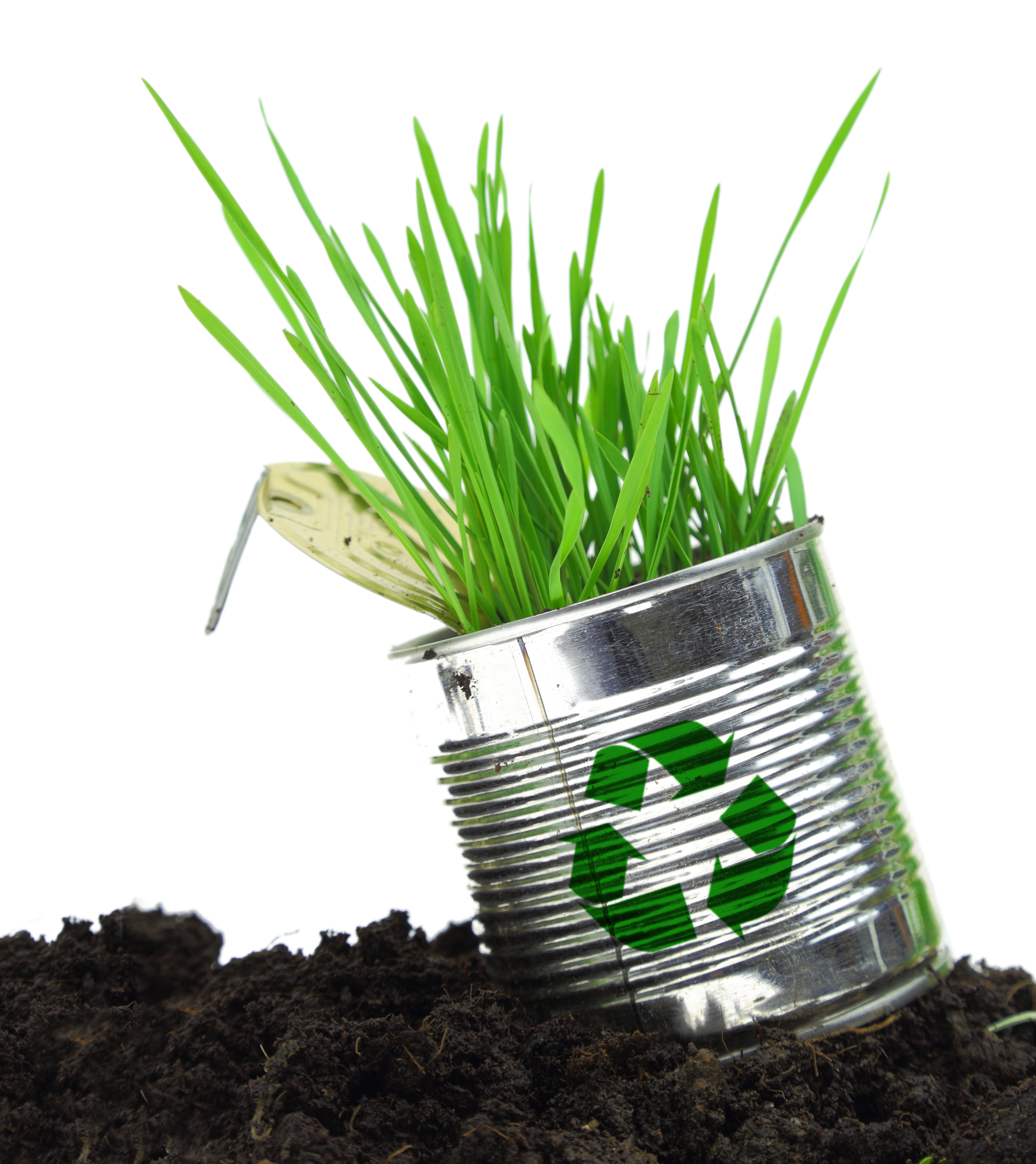Today, many households are making the switch to organic products, whether that means organic foods, cleaning products or fertilizers. However, in the world of organic fertilizers, there are numerous choices and it can be difficult to sort through the batch and find one that suits your household or company. We’ve designed this article to be your go-to guide for picking organic fertilizers. Scroll down and discover which organic fertilizer is right for you!
Type One: Bio Solids
 Bio solids have been used as a natural fertilizer for centuries and are still used today. They are manure-based and come in two forms: unprocessed and processed. The most often utilized form of bio solids in America is processed. Bio solids are commonly used as a bridge product where pellets are mixed with chemical fertilizers to cut down on cost and achieve a more organic approach. They are also lower in nitrates and phosphates (nitrates and phosphates pollute the water systems) than chemical fertilizers, are naturally slow releasing and cost effective. On the flip side, bio solids tend to have heavy metals in them, which after an extended period of time can bind nutrients in the soil.
Bio solids have been used as a natural fertilizer for centuries and are still used today. They are manure-based and come in two forms: unprocessed and processed. The most often utilized form of bio solids in America is processed. Bio solids are commonly used as a bridge product where pellets are mixed with chemical fertilizers to cut down on cost and achieve a more organic approach. They are also lower in nitrates and phosphates (nitrates and phosphates pollute the water systems) than chemical fertilizers, are naturally slow releasing and cost effective. On the flip side, bio solids tend to have heavy metals in them, which after an extended period of time can bind nutrients in the soil.
Type Two: Fish and Kelp Meal

Fish and kelp meal are another option. They are natural, nutrient-rich fertilizers that are shown to outperform chemical fertilizers. However, they are complicated to use, which results in inconsistencies. Furthermore, like corn gluten, they tend to be expensive.
Type Three: Humates

Humates are another option for going organic. They are bio stimulants, which help plants use fertilizer more effectively and at lower rates. This allows users to cut down on chemical fertilizers, making this product better for our environment. They also assist in the health, growth, nutrient intensity and development of the root system and plant. However, when they are created from younger peat, humates are expensive, and when created from older peat, they have a long-term effect of tying up nutrients.
Type Four: Compost Teas

Compost teas are one of the latest fads in the lawn care world. They are a liquid extract of compost or organic matter and improve plant growth and biological activity in the soil. They also have very little and sometimes even no nitrates and phosphates. On the down side, scientific data on compost teas is scarce, and results have been inconsistent.
Type Five: Holganix Bio 800+

Holganix Bio 800+ is another organic approach to the green grass dream. It's a 100% plant probiotic that contains over 800 species of beneficial microorganisms that boost plant health with up to 75% less fertilizers and pesticides.
For more information on Holganix Bio 800+, check out our university studies and case studies to see just how effective Holganix Bio 800+ can be.

 4 min read
4 min read
-2.jpg)
-1.jpg)
-1.jpg)
-1.jpg)
.jpg)

-2.jpg)
-1.jpg)
-1.jpg)
-1.jpg)
.jpg)




 Bio solids have been used as a natural fertilizer for centuries and are still used today. They are manure-based and come in two forms: unprocessed and processed. The most often utilized form of bio solids in America is processed. Bio solids are commonly used as a bridge product where pellets are mixed with chemical fertilizers to cut down on cost and achieve a more organic approach. They are also lower in nitrates and phosphates (
Bio solids have been used as a natural fertilizer for centuries and are still used today. They are manure-based and come in two forms: unprocessed and processed. The most often utilized form of bio solids in America is processed. Bio solids are commonly used as a bridge product where pellets are mixed with chemical fertilizers to cut down on cost and achieve a more organic approach. They are also lower in nitrates and phosphates (




.webp)
-1%20(1).webp)
-831535-2.webp)



-1.png)

